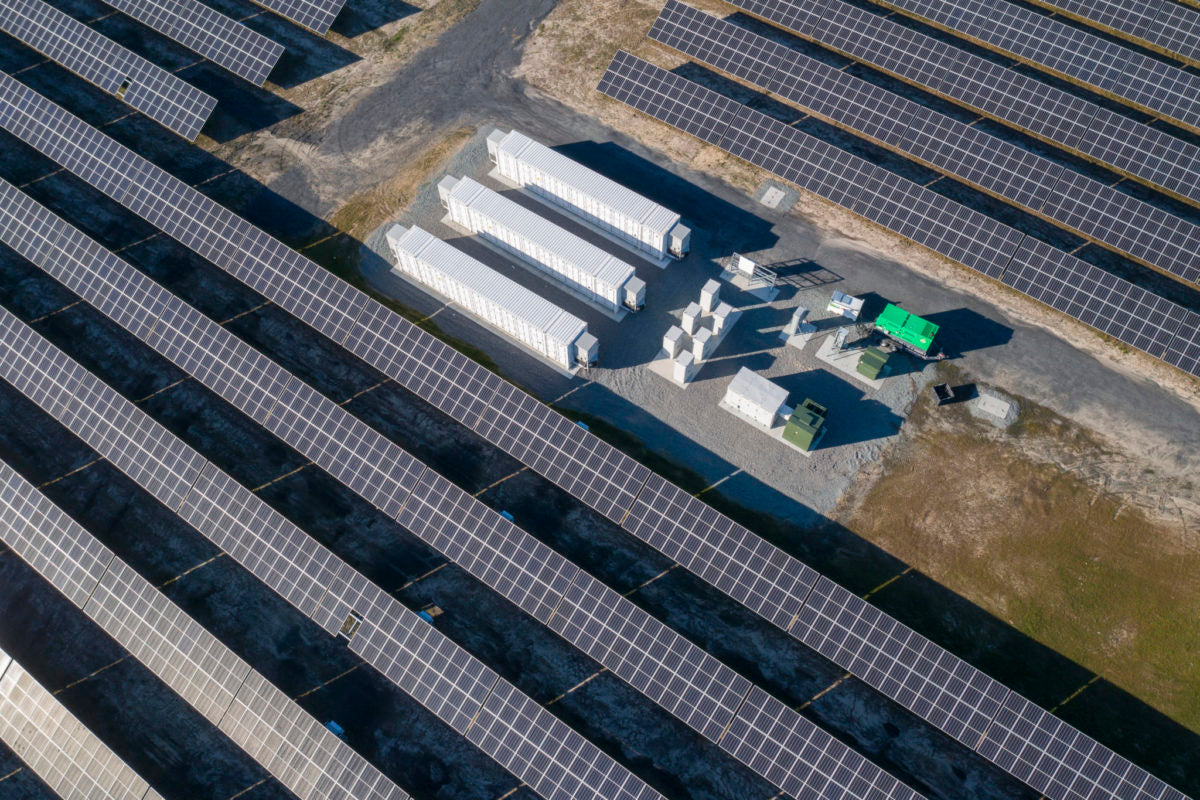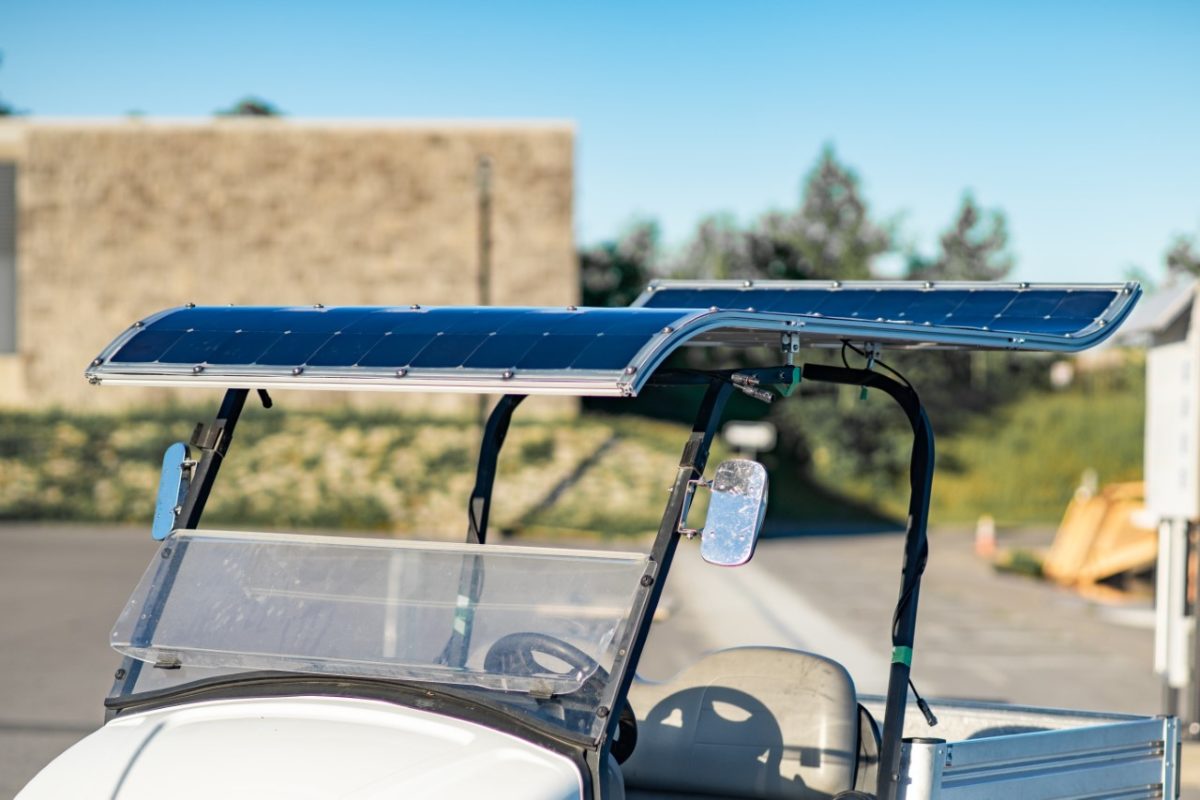https://www.pv-magazine-australia.com/2022/07/27/five-things-to-consider-in-designing-and-commissioning-high-performance-solar-plus-storage-projects/

Borrego Solar installation in Carver, Mass.
Image: Greg M. Cooper, Borrego Solar
From pv magazine USA
When it comes to designing and building solar and energy storage projects, experience counts. Here are five things to consider when designing and commissioning a high performance solar- plus-battery storage system, plus a real-world case study from one such heavily loaded DC-coupled system.
- Model use case scenarios to maximise value
To truly optimise battery storage system (BESS) designs in solar projects, the use cases for the PV and storage must be well understood and aligned with the project’s financial model. This requires a high level of optimisation and project specialisation held by only the most experienced storage partners. For example, the team should know that storage systems can be effectively oversized in year one, rather than augmented, to match the PV module degradation and exponentially diminishing clipped solar production.
The decision dynamics vary depending on architecture (AC versus DC coupling) and market applications. At a minimum, these hybrid systems enable projects to provide more value to the grid by distributing power during peak demand periods; at their best, they can improve solar performance, ride through turbulent grid conditions to keep the plant online, and enable value stacking across retail, wholesale, and merchant revenue targets.
- Plan early and often for energy storage safety
Safety is priority number one for solar-plus-storage systems, and planning should start well before installation. Owners must factor in safety at the earliest stages of the project, including the development phase, and seek help from experts who can speak to product bankability, technical viability, hazard mitigation, and the many safety related aspects of their project. Before ever considering using a storage product, an extensive safety diligence process covering each component within the system should occur. This diligence ensures an asset will meet its expected life while also ensuring compliance with applicable codes and standards, and the local authorities having jurisdiction (AHJs).
A risk assessment methodology should focus on the causes and consequences of component- level failures and apply a unique risk tolerance to evaluate whether the safeguards yield a safe and acceptable result. The following is example of an assessment sequence used in a typical hazard analysis:
- Determine your organisation’s acceptable risk tolerance.
- Assuming the failure occurs, determine the immediate consequence(s) of failure.
- Evaluate the likelihood of the failure based on available safeguards.
- Score the severity of the consequence(s).
- Establish a risk level based on the likelihood and the severity of failure.
- Apply current safeguards and reassess the risk level.
- List recommendations to bring risk to appropriate levels.
- Implement recommendations.
The product safety process should include, among others, the following critical steps:
- Review the product certifications and applied testing standards.
- Review manufacturer failure modes and effects analyses (FMEAs).
- Review UL 1973, UL 9540A, and functional safety test results.
- Ensure vendors have quality systems in place for incident prevention.
- Ensure vendors have an appropriately detailed emergency response plan or product-specific guidelines that evaluate systems for the recovery stage of the incident.
Using products without thorough knowledge of them is fundamentally dangerous when it comes to designing energy storage systems. While there are many lithium-ion-based technologies on the market, incorporating a deliberate recommendation process leads to the system best suited for a given project. When the EPC has a strong knowledge base, they can push hard to handle the procurement and product diligence of the BESS.
- Energy storage data infrastructure is complex
It’s not uncommon to find solar industry professionals flummoxed by the long timelines required to properly commission energy storage systems. A frequent cause of this is the overwhelming amount of data required to control, monitor and warranty the systems appropriately. Much of this data is generated by one system, required by another to operate effectively, and stored in a third location, making data infrastructure and network planning of paramount importance. The earlier in project design and more comprehensive this planning happens, the more likely a system will run smoothly through commissioning.
For large commercial, community or utility-scale projects, there are numerous battery modules, battery racks, cabinets, meters, and power electronics at all levels. Each of these components connects to the energy management system (EMS) and the data acquisition system (DAS), and any physical or software issues can cause a system warning or fault — and each system fault can cause a stoppage. Troubleshooting the DAS can be a hindrance to performance testing, as the subsystems within the BESS are extremely codependent. Networking should be worked out during the design phase. Data infrastructure standardisation is tremendously beneficial, and redundancy will keep your system online.
Lastly, consider how data dependencies will impact each phase of system commissioning. For example, to complete solar capacity testing for a DC-coupled system, energy storage inverter data will likely need to be accessed and referenced. This means any network connections between the energy storage equipment and DAS should be completed prior to solar testing. The EPC and energy storage vendor teams must closely collaborate to ensure a smooth commissioning process that minimizes downtime and delays.
- Monitor and control equipment conditions during construction
Batteries typically have temperature and humidity thresholds, which is why having operating climate management systems is essential not only during asset operations but also during the pre-energisation period between delivery and commissioning. On construction sites with no auxiliary power supply, batteries could sit in the sun all day with internal temperatures reaching 150°F. Excessive heat and humidity will degrade a battery’s state of health and can lead to premature failure and future hazards. During construction, it’s important to properly coordinate deliveries with temporary or permanent auxiliary power sources to maintain, control and monitor battery conditions.
Conditioning and preventative maintenance is not limited to batteries. Long storage times can lead to unsuspected damage on a power conversion system as well. Without proper operation and heating, humidity control, and preventative maintenance, severe damage can occur to power modules, fans, control boards, capacitors, and more which creates a safety hazard during commissioning and a large bill to rectify or replace the unit.
- Share learnings from the field and asset operations
It may seem obvious, but field operators, project managers, commissioning engineers, and asset management professionals should proactively share lessons learned for optimal success. Learning from team members on different projects across portfolios is one of the best ways to circumvent potential problems. In other cases, shared experiences can apply on a regional level, across similar use cases, and in particular on a given product design and implementation.
For example, slight changes in a product from one generation to the next, such as a modification in conduit entry points, may not get updated in early-stage vendor drawings. By sharing this information ahead of later deliveries, the site supervisors at other projects can make field modifications and avoid delays. Other field learning includes rigging set up, pre-energisation and commissioning of the DAS and the use of pre-commissioning checklists.
Case Study: DC-coupled system ground fault detection
One of the unique challenges with deploying heavily loaded DC-coupled plants is designing appropriate and effective ground fault detection systems. In DC-coupled systems, the solar and energy storage systems aggregate on the inverter’s DC electrical bus. As a result of increasing the number of PV circuits (due to the high inverter loading ratio) and energy storage system circuits combined in parallel, the inherent insulation resistance of the power plant is lower, thereby making a single detection device more susceptible to tripping on changes in environmental conditions.
On a multisite solar-plus-storage project portfolio in the northeastern United States, this ground fault detection issue was addressed through extensive collaboration with partners and a thorough insulation monitor redesign. A new system was deployed that could handle the unique conditions presented on each site without compromising on safety or operational proficiency.
Early and persistent planning
An in-depth due diligence process creates value and risk mitigation for the customer and gives the system vendors confidence, making for more efficient system design, construction, commissioning, and operations. Early and persistent planning is critical to maximise the full scope of value engineering opportunities on solar plus energy storage projects.
 Kyle Cerniglia is Borrego’s director of engineering for energy storage. He is responsible for energy storage technology, engineering and product integration for the Anza business.
Kyle Cerniglia is Borrego’s director of engineering for energy storage. He is responsible for energy storage technology, engineering and product integration for the Anza business.
This content is protected by copyright and may not be reused. If you want to cooperate with us and would like to reuse some of our content, please contact: editors@pv-magazine.com.
<



